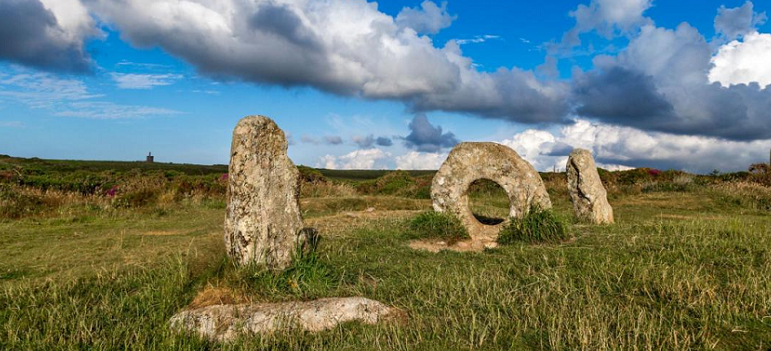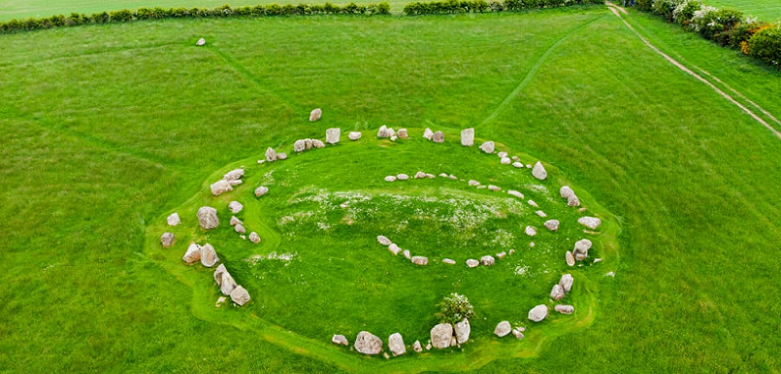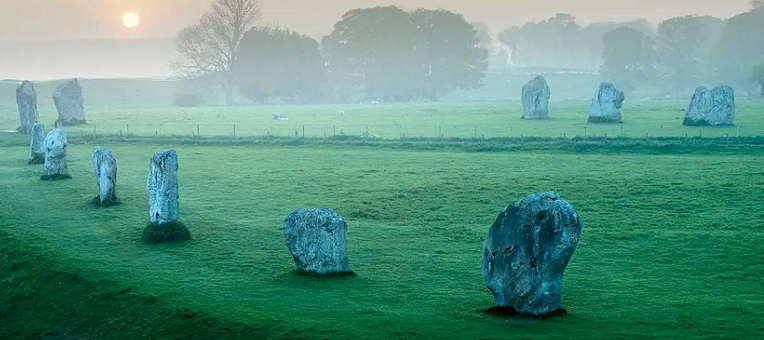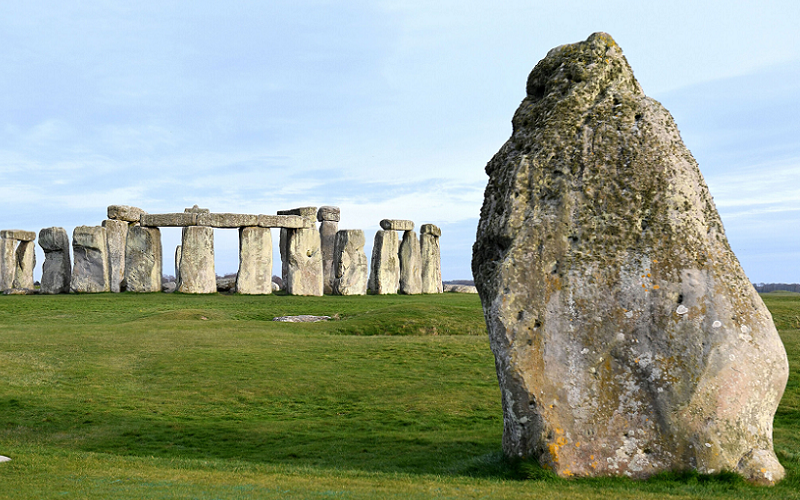Stone circles have been a part of human history for thousands of years, dotted across many parts of the world. These mysterious structures have captured the imaginations of people for centuries and have been the subject of much speculation and myth-making. But beyond the legends, stone circles hold a significant cultural and spiritual significance that has been revered by many cultures throughout history.
What Are Stone Circles?
Stone circles are circular arrangements of standing stones or megaliths, which were erected by ancient cultures for various purposes. They are found in many parts of the world, including Europe, Africa, and the Americas. The exact purpose of stone circles remains unknown, but they are believed to have been used for religious, spiritual, astronomical, or ceremonial purposes.
Some of the most famous stone circles include Stonehenge in England, Callanish in Scotland, and Avebury in England. Despite their ancient origins, stone circles continue to evoke a sense of mystery and wonder, making them popular tourist destinations and important cultural and spiritual landmarks.
Historical Significance of Stone Circles
Stone circles have been an integral part of human history for thousands of years. They are evidence of the existence of prehistoric cultures that once lived in different parts of the world. These cultures used stone circles for various purposes, including religious rituals and ceremonies, astronomical observations, and as gathering places for communities. Stone circles have also been used to mark important events or commemorate the dead.
For example, Stonehenge in England is believed to have been used as a burial ground and a place of astronomical observation. The historical significance of stone circles lies in the insight they provide into the beliefs, practices, and way of life of ancient cultures. They are also valuable cultural and heritage sites, serving as tangible reminders of our shared history and the richness of human culture.

The precise purpose of stone circles remains a subject of much debate and speculation, but what is clear is that they had a significant role in the lives of the cultures that built them. Stone circles were often constructed using megaliths, which were large stones transported over long distances, suggesting that these structures were of great importance to the communities that erected them.
Some stone circles were used for astronomical purposes, such as tracking the movements of the sun and moon, which were believed to have significant spiritual and religious significance. Others were used for religious rituals and ceremonies, such as the worship of the gods, the celebration of seasonal events, or the commemoration of the dead.
Some stone circles were even used as gathering places for communities, where people could come together to celebrate, perform rituals, or make important decisions. The historical significance of stone circles lies in the rich cultural heritage they represent, providing valuable insight into the beliefs, practices, and way of life of ancient cultures. They are also an important part of the cultural heritage of many countries and are often preserved and protected as such.
Spiritual Significance of Stone Circles
Stone circles have held spiritual significance for many cultures throughout history. They were often associated with the divine, serving as places of worship, meditation, and spiritual connection. In many cultures, stone circles were seen as gateways to the spirit world, and were believed to have a powerful connection to the gods and the afterlife.
The precise spiritual significance of stone circles varied between cultures, but they were often viewed as powerful symbols of the cyclical nature of life, death, and rebirth. Stone circles were also associated with astronomical events, such as the solstices and equinoxes, which were believed to have spiritual significance. They were also used for meditation, with people gathering in the circles to connect with the divine, seek guidance, or perform spiritual rituals.
The spiritual significance of stone circles lies in their ability to evoke a sense of mystery and wonder, connecting people to the deeper mysteries of life and the universe. Despite the passage of time, stone circles continue to hold spiritual significance for many people, inspiring awe and reverence for the ancient cultures that built them and the beliefs and practices they represented.

The spiritual significance of stone circles is deeply rooted in the beliefs and practices of the cultures that built them. For some cultures, stone circles were believed to have a powerful connection to the spirit world, serving as gateways to the afterlife and the realm of the gods. In these cultures, stone circles were often seen as sacred places, where people could connect with the divine and seek guidance or perform spiritual rituals.
For others, stone circles were seen as symbols of the cyclical nature of life, death, and rebirth, representing the continuity of existence and the interconnectedness of all things. Some stone circles were also believed to have astronomical significance, such as marking the movements of the sun and moon, which were seen as having spiritual and religious importance. People would gather in stone circles to celebrate important astronomical events, such as the solstices and equinoxes, and to perform spiritual rituals.
The spiritual significance of stone circles also lies in the sense of mystery and wonder they evoke. Despite their ancient origins, stone circles continue to captivate people with their timeless beauty and the aura of mystery that surrounds them. They have been the subject of much speculation and myth-making, inspiring people to seek a deeper understanding of their purpose and the beliefs of the cultures that built them. Today, stone circles continue to hold spiritual significance for many people, serving as important spiritual landmarks and inspiring a sense of connection to the deeper mysteries of life and the universe.

Modern Interpretations of Stone Circles
Stone circles have been reinterpreted and reinterpreted by different cultures throughout history, and this continues to this day. In modern times, stone circles have taken on new meanings and significance, reflecting the beliefs and values of contemporary cultures. For some, stone circles have become popular tourist destinations, attracting visitors from all over the world who are drawn to their beauty and mystery. In these contexts, stone circles have been reinterpreted as historical landmarks and cultural heritage sites, with efforts made to preserve and protect them for future generations.
For others, stone circles have taken on a spiritual significance, serving as places of meditation, spiritual practice, and connection to the divine. In these contexts, stone circles are seen as powerful symbols of the cyclical nature of life and the interconnectedness of all things. They are also seen as gateways to the spirit world and the realm of the gods, and are often used for spiritual rituals and ceremonies.
Finally, some modern interpretations of stone circles focus on their scientific and astronomical significance. In these contexts, stone circles are seen as important scientific artifacts, providing valuable insight into the ancient cultures that built them and the beliefs and practices they represented. These interpretations often emphasize the precise astronomical alignments and mathematical calculations used in the construction of stone circles, highlighting the sophistication and knowledge of the ancient cultures that built them.

